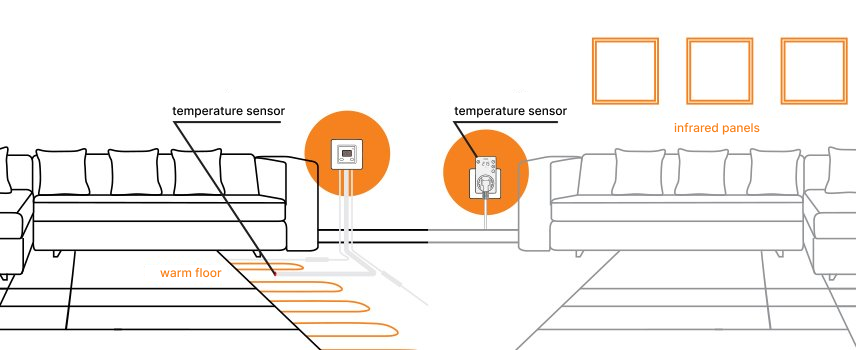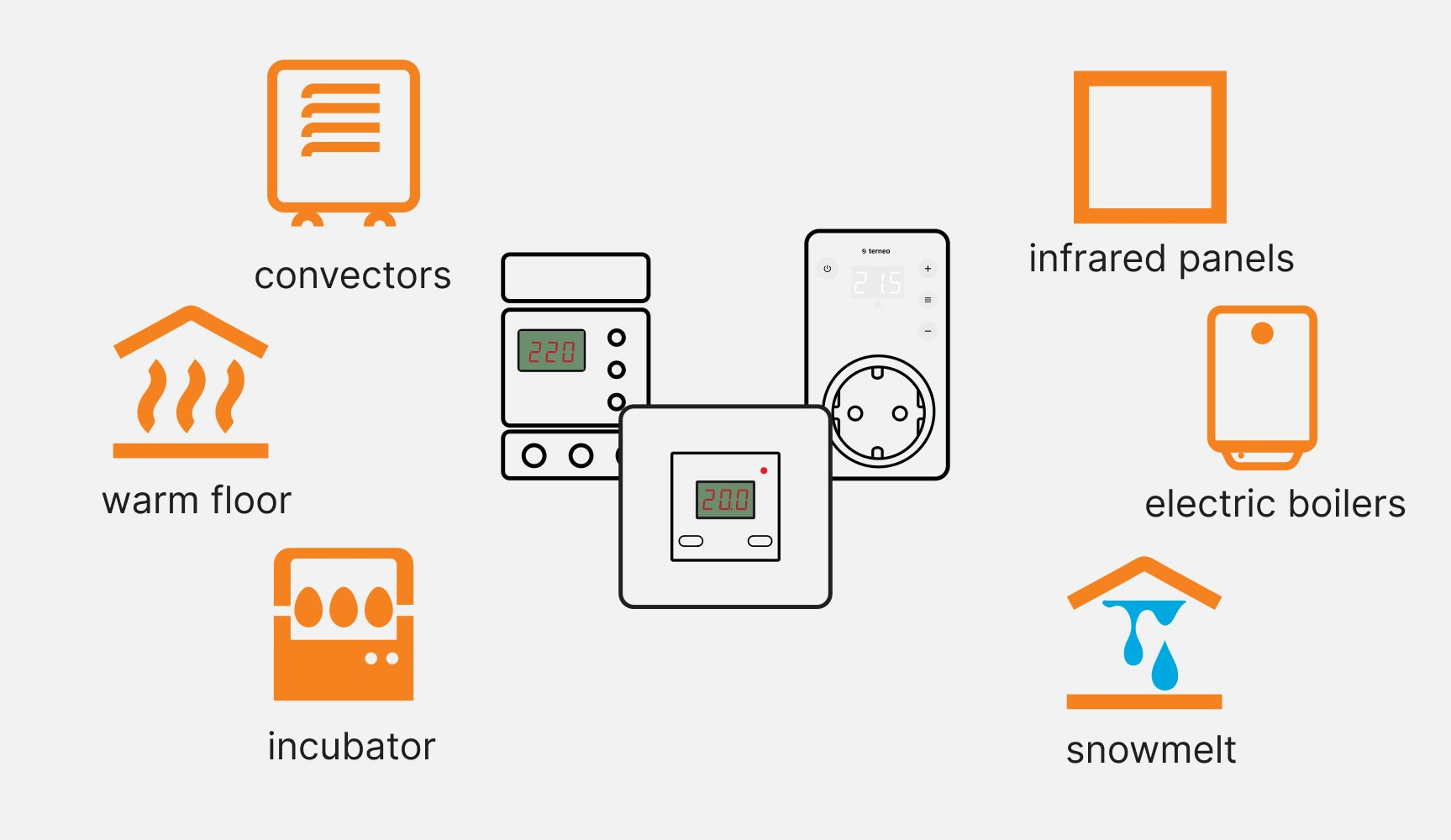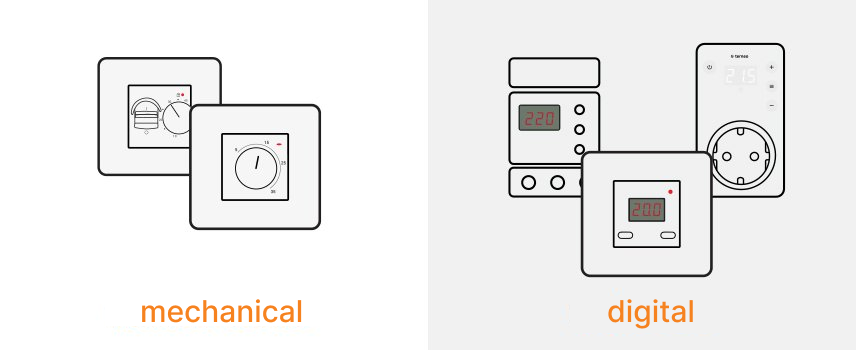Thermostat: operating principle and types
To reach a comfortable temperature in the room, it is not enough to simply turn on the heating or air conditioning system. And all because climatic technology is either not able to estimate the conditions in the room on its own, or it does not do this very effectively. Therefore, for optimal operation of climatic technology, it is necessary to use thermostats.
What is a thermostat and what is it for?
In a broad sense, it is a device that supports a given temperature mode of air or a certain surface, for example, floor. In fact, a thermostat is an intermediate link in a chain of comfortable conditions in which on one side there is an appropriate heating or cooling device, and on the other - a temperature sensor.

he scope of application of such devices is very wide: from the control of heating devices of small apartments to giant industrial facilities. They control household air conditioners and high-power freezers. Thermostats can control soil heating in greenhouses, be responsible for anti-icing of roofs, and work in many other systems. Although we are not talking about the same product, structurally they are always very similar.
How does the thermostat work?
The main principle of thermostat operation is actually very simple. It only compares the actual temperature (which the temperature sensor measures) with the set one, and decides to start or stop the supply of the climate system. If the temperature in the room differs from the set one, the thermostat turns on the load, and after reaching the set value - turns off the power supply. The thermostat may maintain a specific temperature value or range. This is affected by the hysteresis parameter.
Of course, there are many models that are equipped with a large number of additional functions, such as turning on timer heating or programming work according to a certain schedule. But all devices are based on this simple principle.
What types of thermostats exist?
There are many types of such devices according to the purpose, type of control, installation method, power, etc.

This separation is still quite theoretical, because there are many thermostats that combine the ability to control different climatic equipment. For example, both heating floor and heating devices can be connected to some models, and certain thermostats can simultaneously control the functioning of both the heating and cooling systems.
Also, depending on the control principle, thermostats can be divided in two types:
- mechanical;
- digital.

Mechanical models have a very simple design with minimal use of electrical circuits. Their operation is realized by using a handle, and in certain models - also an on/off toggle switch. The required temperature is set by turning the temperature regulator handle in accordance with the scale on the housing. Such devices use a fairly primitive visual interface in the form of a light indicator.
The design of digital thermostats is characterized by much more complex circuitry. They are always equipped with a full-fledged visual interface: a digital or liquid crystal screen, and their work is adjusted by using buttons (physical or touch). Digital thermostats differ in the presence of a large number of functions: from key locking to programming work according to the schedule installed over the Internet.
We told you about what a thermostat is, what place it occupies in the climate system, as well as the principle of its work and types. Learn how to choose the right thermostat from our next article.

